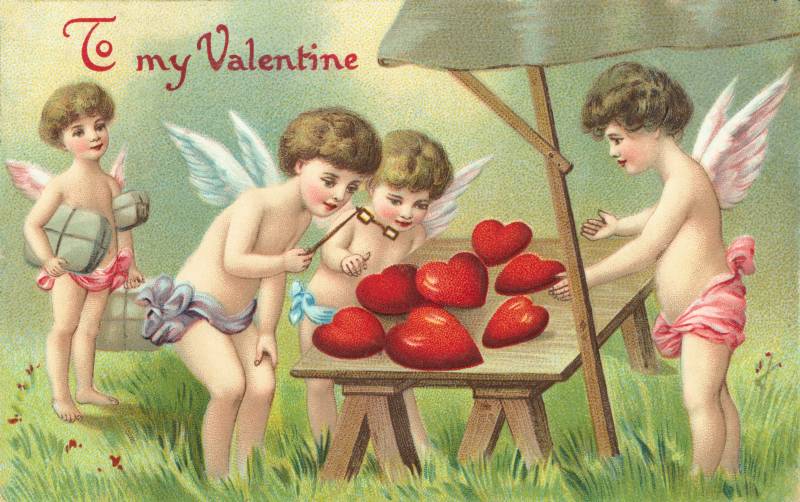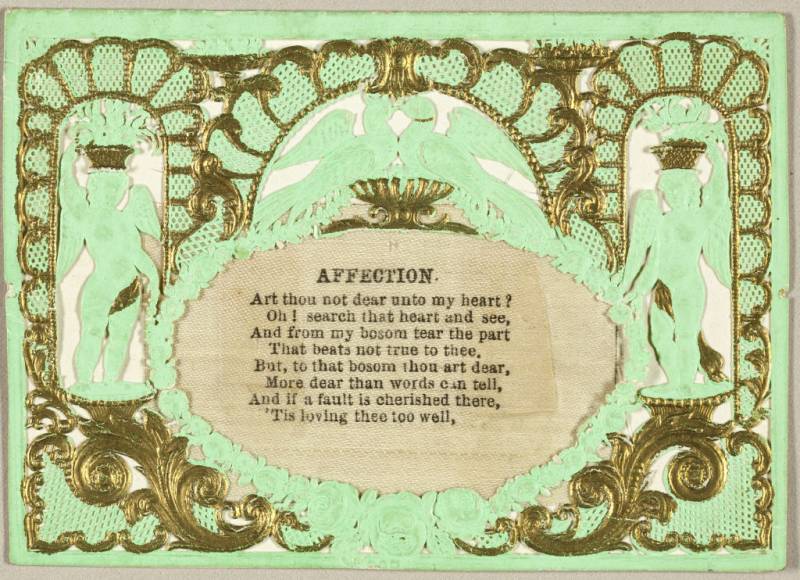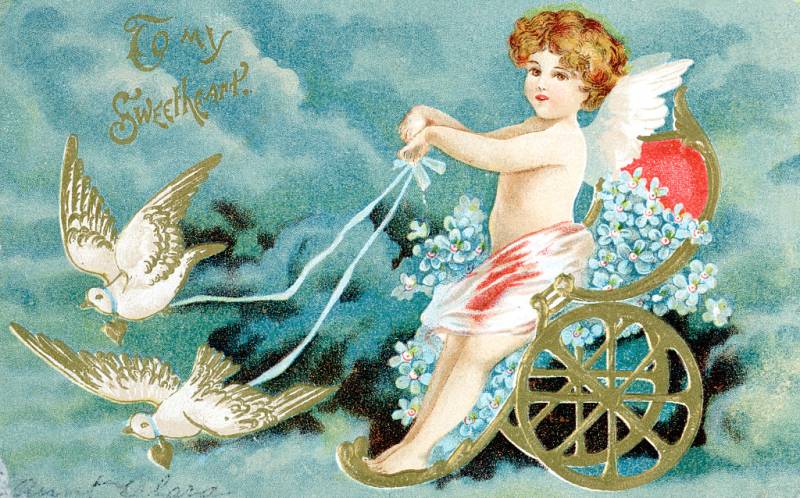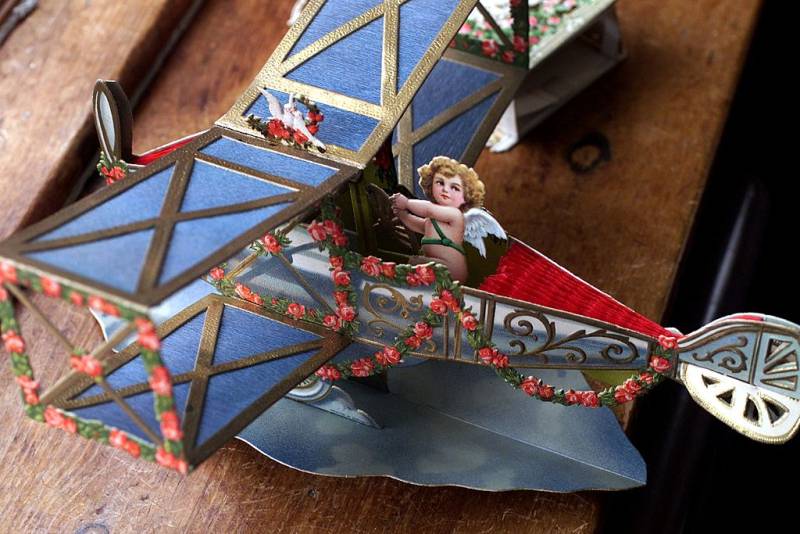It was Valentine’s Day 1917 in the Minnesota farming village of Lewiston, and Fred Roth — a fourth grader — seems to have come up with just the way to express his love for his sweetheart, Louise Wirt. He gave her a card.
The folding, pop-up Valentine’s Day card, on stock so heavy it remains in good shape 106 years later, reads: “Forget me not!/I ask of thee/Reserve one spot/In your heart for me.”
And so she did. Years later they married, and Louise displayed the cherished card, tucked into the fretwork of a bedroom dresser, for decades to come. She pointed it out to her daughter, and later to a granddaughter, me, and it remained near her bedside until her death at 91, a token of lasting love.
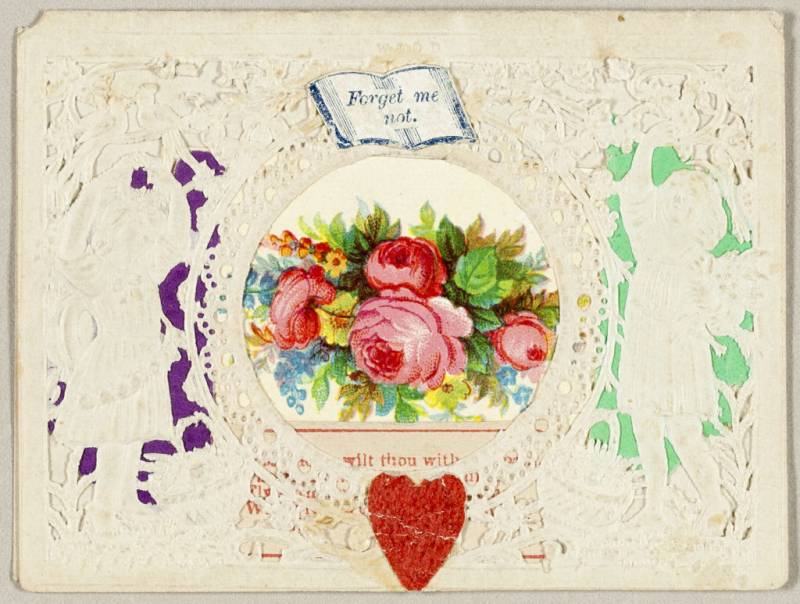
Although the message was in English, the card is printed with the word “Germany” and is seemingly imported, as were many cards of that era. Small companies in the U.S. also were part of a flourishing commercial card business.
Hallmark, which began offering Valentine’s Day cards in 1913, estimates that today, 145 million Valentine’s Day cards are exchanged annually, not including the kids’ valentines popular for classroom exchanges.
